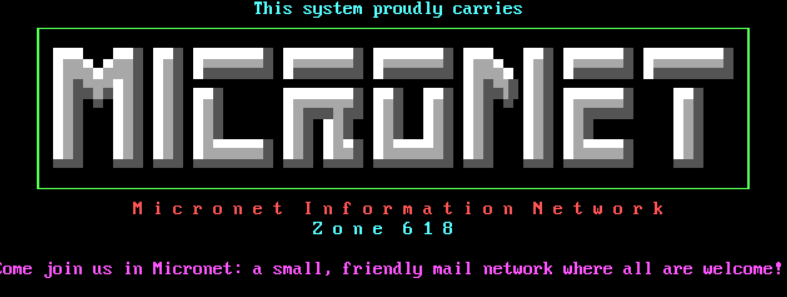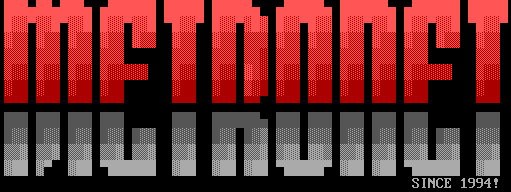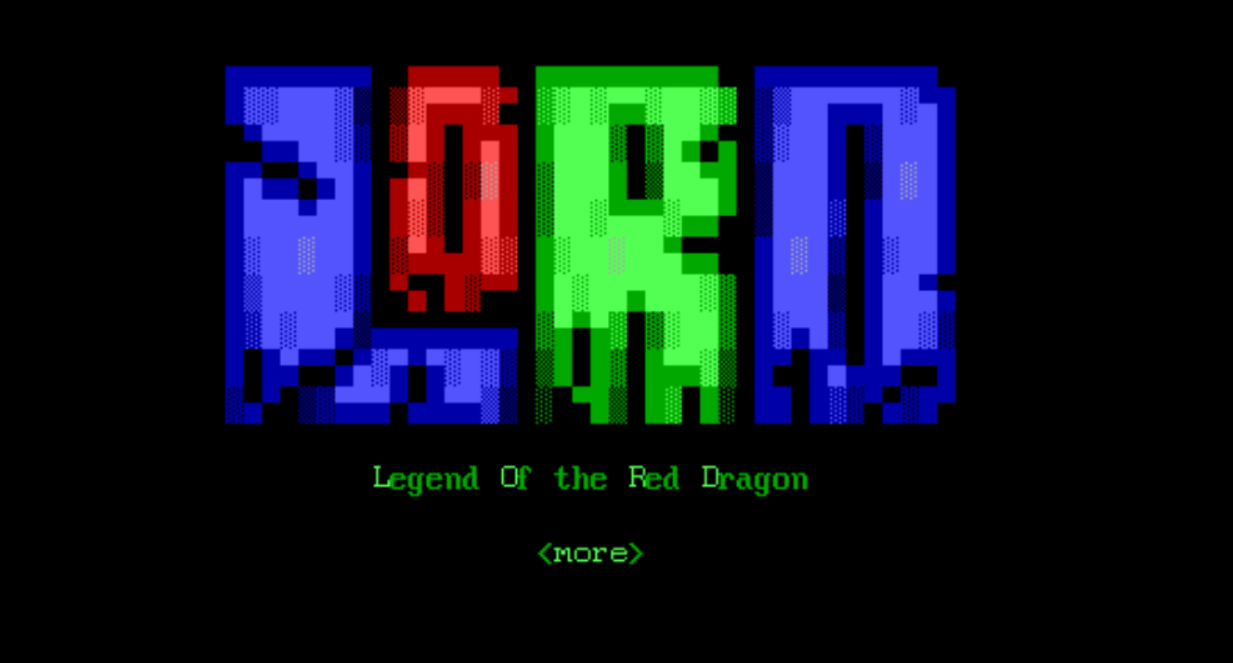11/13/2023
ARRL The National Association for Amateur Radio[1]Ę reports that earlier today, the FCC Commissioners unanimously voted to amend the Amateur Radio Service rules to replace the baud rate limit on the amateur HF bands with a 2.8 kHz bandwidth limit to permit greater flexibility in data communications.
"The Federal Communications Commission today adopted[2] to incentivize innovation and experimentation in the amateur radio bands by removing outdated restrictions and providing licensees with the flexibility to use modern digital emissions," announced[3] the FCC.
"Specifically, we remove limitations on the symbol rate (also known as baud rate) -- the rate at which the carrier waveform amplitude, frequency, and/or phase is varied to transmit information -- applicable to data emissions in certain amateur bands," concluded the FCC Report and Order and Further Notice of Proposed Rulemaking[4] (DA/FCC # FCC-23-93; WT Docket No. 16-239) adopted November 13, 2023. "The amateur radio community can play a vital role in emergency response communications, but is often unnecessarily hindered by the baud rate limitations in the rules."
Consistent with ARRL's request, the amended rules will replace the current HF restrictions with a 2.8 kHz bandwidth limit. "We agree with ARRL that a 2.8 kilohertz bandwidth limitation will allow for additional emissions currently prohibited under the baud rate limitations while providing sufficient protections in the shared RTTY/data subbands," concluded the FCC Report and Order.
ARRL President Rick Roderick, K5UR, hailed the FCC's action to remove the symbol rate restrictions. Roderick stated that "this action will measurably facilitate the public service communications that amateurs step up to provide, especially at times of natural disasters and other emergencies such as during the hurricane season. Digital technology continues to evolve, and removing the outmoded data restrictions restores the incentive for radio amateurs to continue to experiment and develop more spectrum-efficient protocols and methods while the 2.8 kHz bandwidth limit will help protect the shared nature of our bands. We thank Congresswoman [Debbie] Lesko (AZ-08) for her efforts on behalf of all amateurs to get these restrictions removed."
In a Further Notice of Proposed Rulemaking (FNPRM), the FCC proposes to eliminate similar restrictions where they apply in other bands. "We propose to remove the baud rate limitation in the 2200-meter band and 630-meter band... and in the very-high frequency (VHF) bands and the ultra-high frequency (UHF) bands. Additionally, we seek comment on the appropriate bandwidth limitation for the 2200-meter band, the 630-meter band, and the VHF/UHF bands." ARRL has previously expressed its support for eliminating the symbol rate limits in favor of bandwidth limits where they apply on the VHF and UHF bands but suggested that the bandwidth limits themselves be reviewed in light of today's technology and tomorrow's possibilities. Similarly, when eliminating the baud limits on the 2200- and 630-meter bands, consideration should be given to what, if any, bandwidth limits are appropriate.
The new rules will become effective 30 days after being published in the Federal Register[5]. The FCC will announce a period for public comment on the additional proposed changes based upon publication of the FNPRM in the Federal Register. No date has been set for publication.
[1]
https://www.arrl.org/
[2]
https://www.fcc.gov/document/fcc-amends-amateur-radio-rules-greater-flexibility
[3]
https://www.fcc.gov/document/fcc-adopts-rules-modernizing-amateur-radio-service-foster-innovation
[4]
https://www.fcc.gov/document/fcc-amends-amateur-radio-rules-greater-flexibility
[5]
https://www.federalregister.gov/
---
■ Synchronet ■ Whiskey Lover's Amateur Radio BBS







